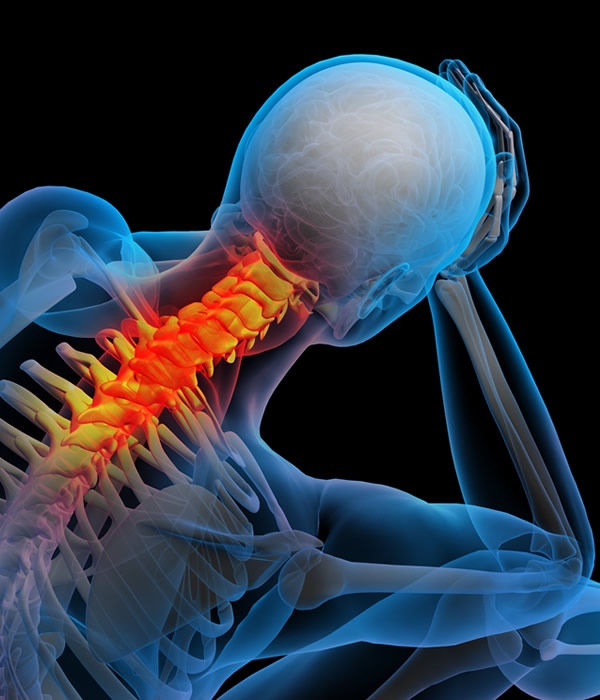There Are Several Types of Headaches
Headaches & Migraines
Most of us have experienced the throbbing or stabbing pain of a headache and because the head controls the rest of the body it is hard to ignore. There are several types of headaches and the exact cause can be complex.
Headaches are not normal. Recurring headaches are a sign that something is wrong and should not be ignored. Aspirin, ibuprofen and other medications may temporarily mask the symptoms but they do nothing to correct the source of the problem. As long as the problem remains the headaches will continue to come back. Pain is the body’s way of alerting us that something is wrong. It is unwise to ignore these signals and treat just the symptoms.
Migraines
A migraine headache can cause intense throbbing or a pulsing sensation in one area of the head and is commonly accompanied by nausea, vomiting, and extreme sensitivity to light and sound.
Migraine attacks can cause significant pain for hours to days and be so severe that all you can think about is finding a dark, quiet place to lie down.
Some migraines are preceded or accompanied by sensory warning symptoms (aura), such as flashes of light, blind spots, or tingling in your arm or leg.
Vertebrogenic Headaches
- Caused By Problems With The Vertebrae In The Cervical Spine
- May Be Felt In The Back, Sides And Front Of The Head Or In The Front Of The Face Or Neck
- Chronic Irritation Of The Nerve Roots Between The Vertebrae Can Be Caused By Changes To The Normal Curvature Of The Cervical Spine Caused By Trauma, Degenerative Arthritis Or Poor Posture
- The Onset Of Pain Is Often Acute And May Also Cause Muscle Contractions In The Neck That Can Often Trigger Tension Headaches As Well
Migraine Signs & Symptoms -Without Aura
- Nausea/Vomiting
- Sensitivity To Light (Photophobia)
- Sensitivity To Noise (Phonophobia)
- Sensitivity To Smell (Osmophobia)
- Headache
- Feeling Cold Or Hot
- Inability To Think Clearly Or Perform Normal Activities
- Loss Of Concentration
Migraine With Aura Has Additional Symptoms
- Visual Disturbances – Wavy Lines, Flashing Lights, Blind Spots
- Stiffness Or Tingling In Neck, Shoulders, Or Limbs
- Lack Of Coordination
- Slurred Or Muddled Speech
- Loss Of Consciousness (Very Rare)
How Chiropractic Care Can Help
Chiropractic has been shown to help reduce the severity and frequency of migraine attacks in many cases, especially cases of common migraines, and we therefore recommend that you undergo a trial treatment. Chiropractic treatment also deal with many contributory factors or after effects including relieve of restriction in movement of the neck, muscle tension in the neck, upper back and shoulders and helping correct any postural issues that may influence the occurrence of both migraine and tension headaches.
To treat chronic or episodic migraine-type headaches, spinal adjustments in conjunction with multimodal interventions (such as massage) were determined to be most effective. There is evidence that spinal adjustments can be clinically effective for tension-type headaches as well. Low-load craniocervical mobilization has also shown to provide long-term relief for patients experiencing chronic or episodic tension headaches. We recommended spinal adjustments for cervicogenic (originating from the neck) headaches and note that deep neck flexor exercises and joint mobilization also improves symptoms associated with these type of headaches.



